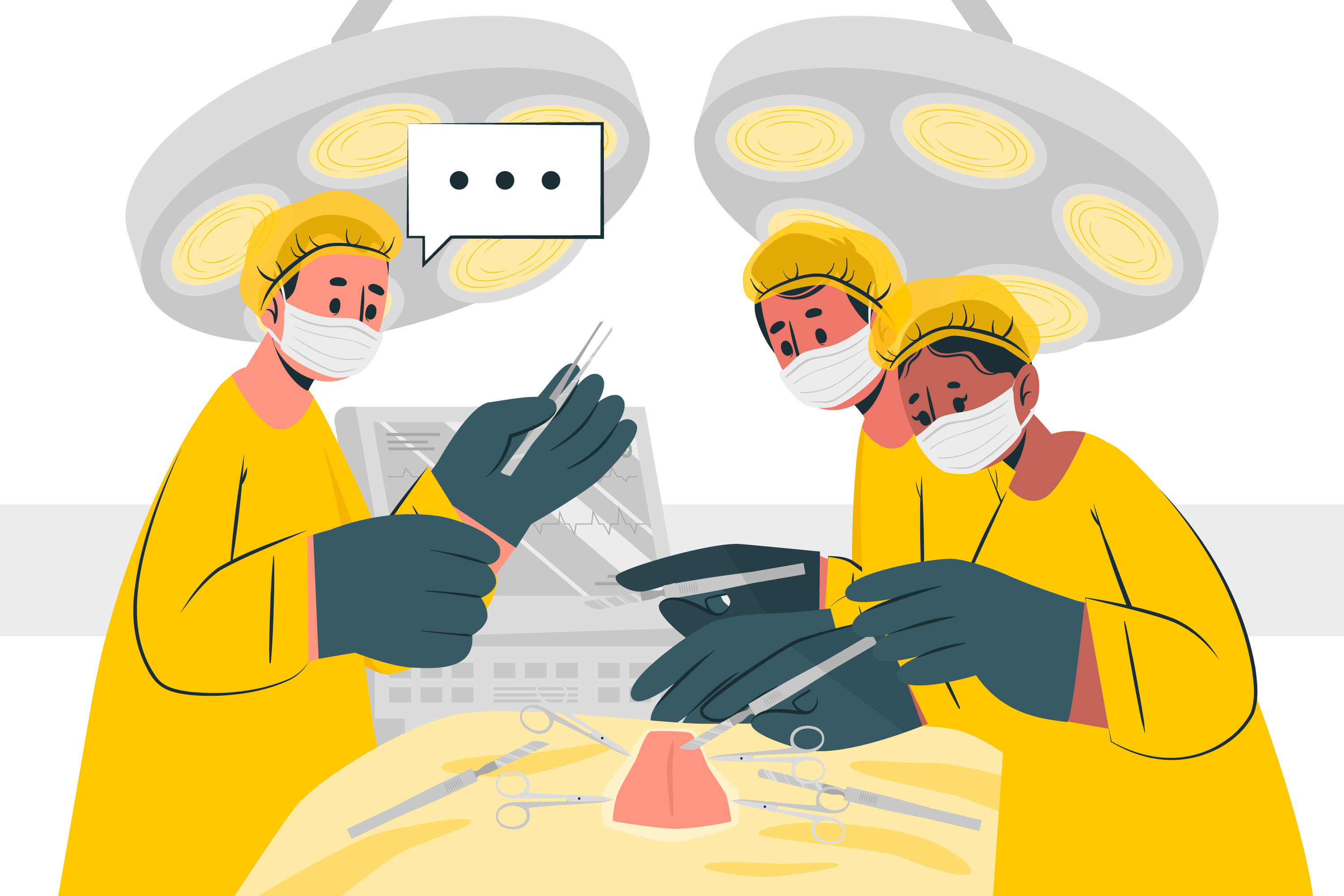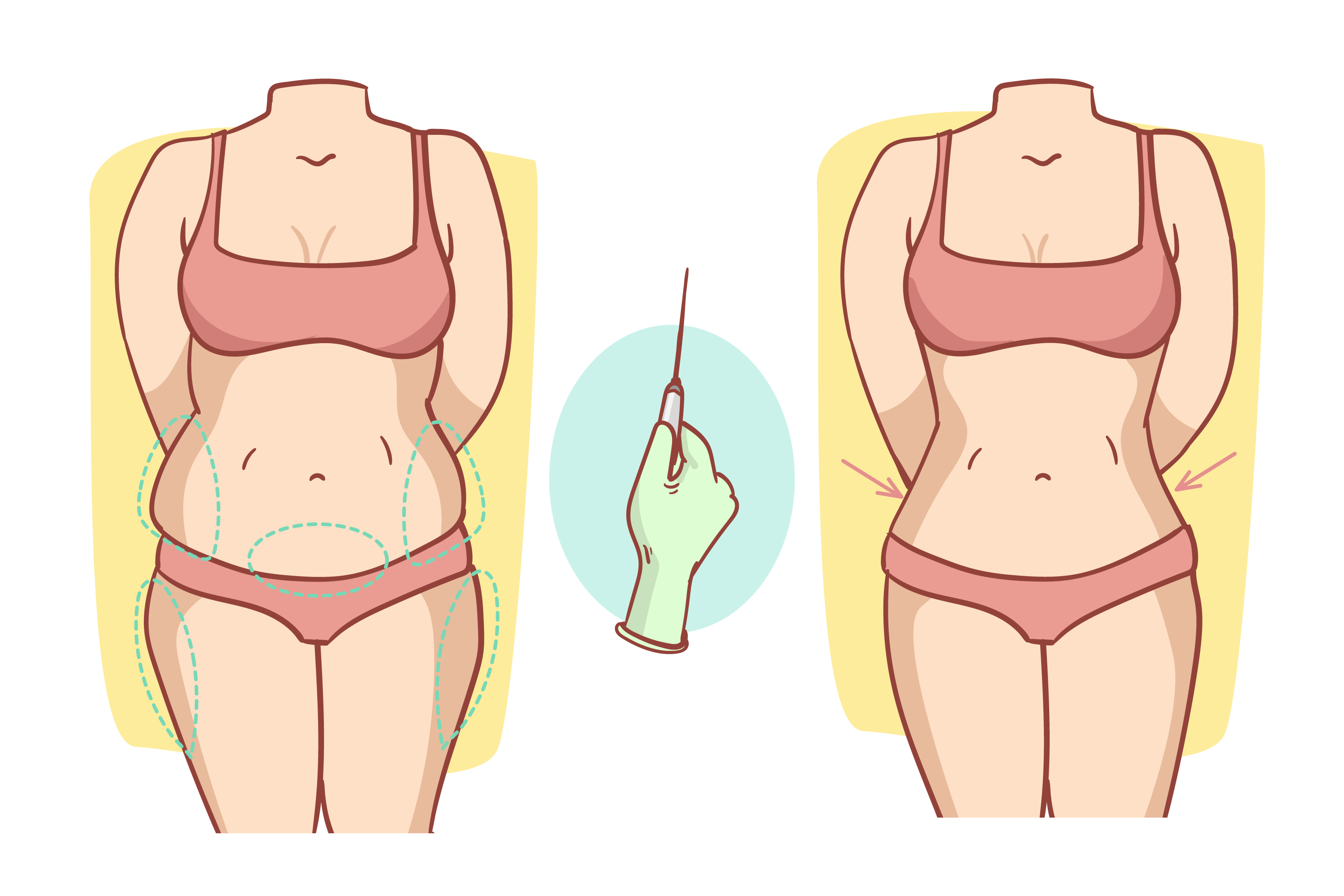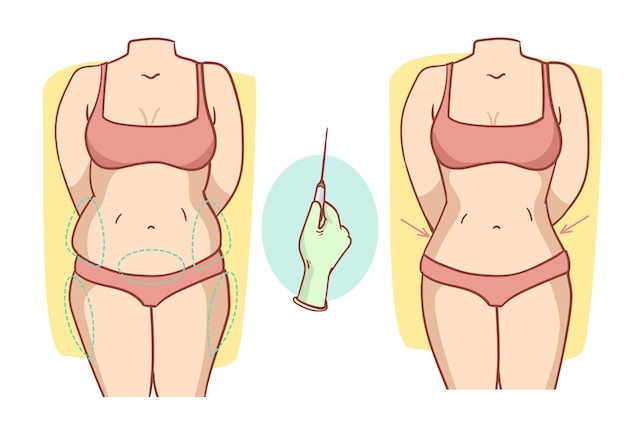Root Canal Treatment
Root canal treatment is a standard dental procedure designed to save a severely infected or damaged tooth from extraction. It involves removing the infected pulp, cleaning the root canal, and sealing it to prevent further infection. Understanding what to expect before and after the procedure can help patients feel more prepared and confident about undergoing root canal therapy.
Root canal treatment, often shrouded in misconceptions and anxiety, is a common dental procedure aimed at preserving natural teeth and alleviating pain caused by infected or damaged dental pulp. One of the frequently asked questions by patients considering root canal therapy is, "How long does a root canal take?" Let's delve into this topic to provide a comprehensive understanding of the procedure duration, factors influencing it, and what patients can expect during each stage of treatment.
Before Root Canal Treatment:
The first appointment begins with a detailed consultation and examination by the endodontist, who specializes in root canal therapy. During this phase, the dentist evaluates the tooth's condition, reviews the patient's medical history, and discusses treatment options and expectations. X-rays may be taken to assess the extent of damage and determine the treatment approach.
- Initial Consultation: The process typically begins with an initial consultation with your dentist or endodontist. During this appointment, your dentist will examine the affected tooth, review your dental history, and discuss treatment options.
- Diagnostic Tests: X-rays and other diagnostic tests may be performed to assess the extent of the infection and determine the best course of action.
- Preparation: Before the root canal procedure, your dentist will numb the area with local anesthesia to ensure you remain comfortable during the treatment.
- Understanding the Procedure: Your dentist will explain the root canal procedure in detail, addressing any concerns or questions you may have.
During Root Canal Treatment:
In subsequent appointments, the root canal procedure commences with local anesthesia administration to ensure patient comfort. The dentist then accesses the tooth's pulp chamber and carefully removes infected or damaged tissue using specialized instruments. The root canal is meticulously cleaned, shaped, and disinfected to eliminate bacteria and prevent reinfection.
- Cleaning and Disinfection: The dentist will access the infected pulp chamber, remove the diseased tissue, and clean the root canal thoroughly to eliminate bacteria and debris.
- Shaping and Sealing: After cleaning, the root canal is shaped to accommodate a filling material called gutta-percha, which seals the canal to prevent reinfection.
- Temporary Restoration: A temporary filling or crown may be placed to protect the tooth until the final restoration is ready.
Following the cleaning and shaping process, the root canal is filled with a biocompatible material called gutta-percha to seal the canal and prevent bacteria from re-entering. A temporary filling or crown may be placed to protect the tooth while awaiting permanent restoration. Patients are advised to follow postoperative care instructions and allow time for the tooth to heal and stabilize before the final restoration phase.
After Root Canal Treatment:
- Recovery Period: Following the procedure, you may experience some mild discomfort or sensitivity, which can usually be managed with over-the-counter pain relievers.
- Dietary Restrictions: Avoid chewing on the treated tooth until the final restoration is in place. Stick to soft foods and avoid hard or sticky foods that could damage the temporary filling or crown.
- Follow-Up Appointments: Schedule follow-up appointments with your dentist to monitor the healing process and ensure the success of the root canal treatment.
- Final Restoration: Once the tooth has healed, a permanent filling or crown will be placed to restore its strength, function, and appearance.
- Oral Care: Maintain good oral hygiene habits, including brushing twice a day, flossing daily, and attending regular dental check-ups to prevent future dental problems.
Once the tooth has healed, typically after a few weeks, the final restoration phase begins. This involves placing a permanent filling or crown to reinforce the tooth's structure and restore its functionality and aesthetics. The dentist ensures proper occlusion and bite alignment to optimize long-term outcomes. Patients may schedule follow-up appointments for evaluation and monitoring of the treated tooth's health and functionality.
View Blog








